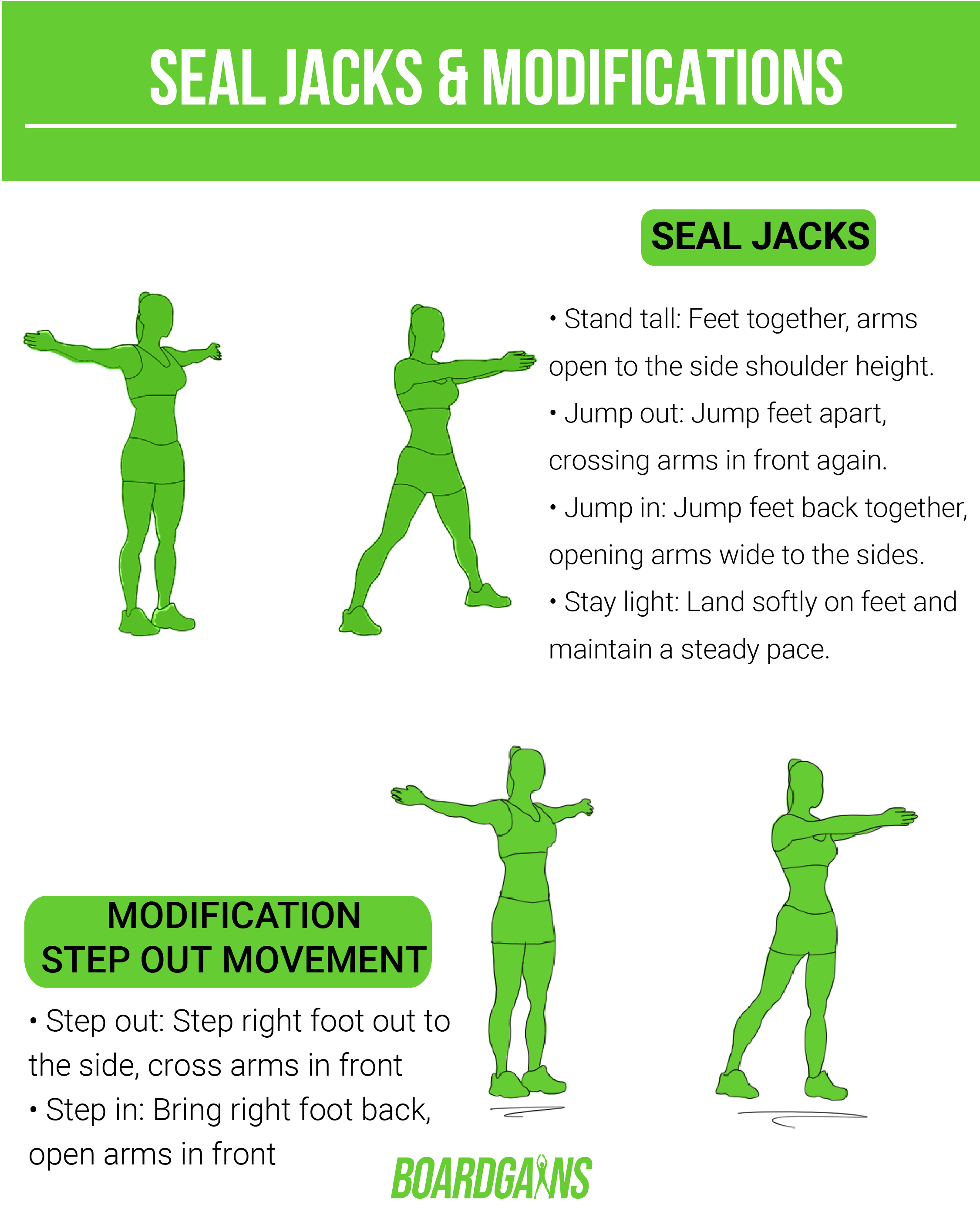Introduction
The Russian twist is a classic core exercise that targets the muscles of the abdominal region, especially the obliques, and is an excellent addition to any workout routine focused on improving core strength and stability. At Boardgains, we love incorporating this fun and challenging exercise into our fitness board game. Here, we'll cover all you need to know about this exercise, including its benefits, proper form, common mistakes, and tips for maximizing your results.
The Importance of Core Strength
Benefits of a Strong Core
A strong core comes with numerous benefits, such as:
- Improved posture and spinal stability
- Enhanced balance and coordination
- Reduced risk of lower back pain
- Increased power and efficiency in physical activities
- Better support for the spine during heavy lifting
What is the Russian Twist?
The Russian twist is a dynamic core exercise that targets your obliques, abdominals, and lower back muscles. It involves twisting your torso while holding a weight, such as a medicine ball or a dumbbell. This movement challenges your core stability and helps develop rotational strength, making it a perfect addition to any workout routine.
How to Perform the Russian Twist Correctly
To perform the Russian twist, follow these steps:
- Sit on the floor with your knees bent and feet flat.
- Lean back slightly, maintaining a straight spine.
- Hold a weight with both hands in front of your chest.
- Lift your feet off the ground and balance on your sit bones.
- Rotate your torso to the right and touch the weight to the floor beside your hip.
- Rotate to the left and do the same on the other side.
- Continue alternating sides while maintaining control and balance.
Variations and Progressions
As you become more proficient with the Russian twist, you can challenge yourself by:
- Increasing the weight
- Extending your legs for added difficulty
- Incorporating a stability ball for an unstable surface
Common Mistakes to Avoid
To prevent injury and ensure proper technique, avoid these common mistakes:
- Rounding your back: Keep your spine straight and engage your core throughout the exercise.
- Moving too quickly: Focus on controlled, deliberate movements to maximize muscle engagement.
- Using momentum: Avoid using your arms to swing the weight; instead,
initiate the movement from your core and use your obliques to rotate your torso.
-
Not twisting enough: Ensure you are getting a full range of motion by twisting your torso as far as you comfortably can.
-
Neglecting proper breathing: Breathe out as you twist and breathe in as you return to the center position.
-
Benefits of the Russian Twist
Targeted Muscles
The Russian twist effectively targets the following muscles:
- Obliques (internal and external)
- Rectus abdominis (upper and lower abs)
- Transverse abdominis (deep core muscles)
- Lower back muscles (erector spinae)
Improved Performance
By strengthening these muscles, the Russian twist can enhance your performance in various physical activities, such as:
- Sports that involve twisting and turning, like tennis, golf, or basketball
- Functional movements like lifting, pushing, and pulling
- Compound exercises like squats, deadlifts, and lunges
Incorporating the Russian Twist into Your Workout Routine
Warm-Up
Before starting the Russian twist, it's essential to warm up your core muscles with some light cardio and dynamic stretching exercises. This will help prevent injury and ensure your muscles are primed for the workout.
Frequency and Sets
For optimal results, include the Russian twist in your workout routine 2-3 times per week. Start with 2-3 sets of 10-12 repetitions per side and gradually increase the volume as you become stronger and more comfortable with the movement.
Conclusion
The Russian twist is an excellent exercise for developing core strength and stability. By incorporating it into your regular workout routine, you can enhance your performance in various sports and daily activities while reducing the risk of injury. Just remember to maintain proper form, warm up before exercising, and be consistent with your training to experience the full benefits of this versatile and effective core exercise.
FAQs
- Can I do the Russian twist without any equipment?
Yes, you can perform the Russian twist without equipment by simply clasping your hands together in front of your chest. However, adding a weight will increase the challenge and effectiveness of the exercise.
- Is the Russian twist suitable for beginners?
The Russian twist can be modified to accommodate different fitness levels. Beginners can start by performing the exercise without any weight and with their feet on the ground, gradually progressing as they become stronger.
- Can the Russian twist help me lose belly fat?
While the Russian twist can help strengthen your core muscles, it is important to remember that spot reduction is a myth. To lose belly fat, focus on a well-rounded fitness routine that includes a mix of cardio, strength training, and a healthy diet.
- How often should I perform the Russian twist?
Incorporate the Russian twist into your workout routine 2-3 times per week for optimal results. Ensure you are allowing your muscles enough time to recover between sessions.
- Is it normal to feel lower back discomfort during the Russian twist?
Feeling some discomfort in your lower back could be a sign of poor form or weak core muscles. Ensure you are maintaining a straight spine, engaging your core throughout the exercise, and not using too much weight. If the discomfort persists, consult a fitness professional or healthcare provider.










Leave a comment
This site is protected by hCaptcha and the hCaptcha Privacy Policy and Terms of Service apply.